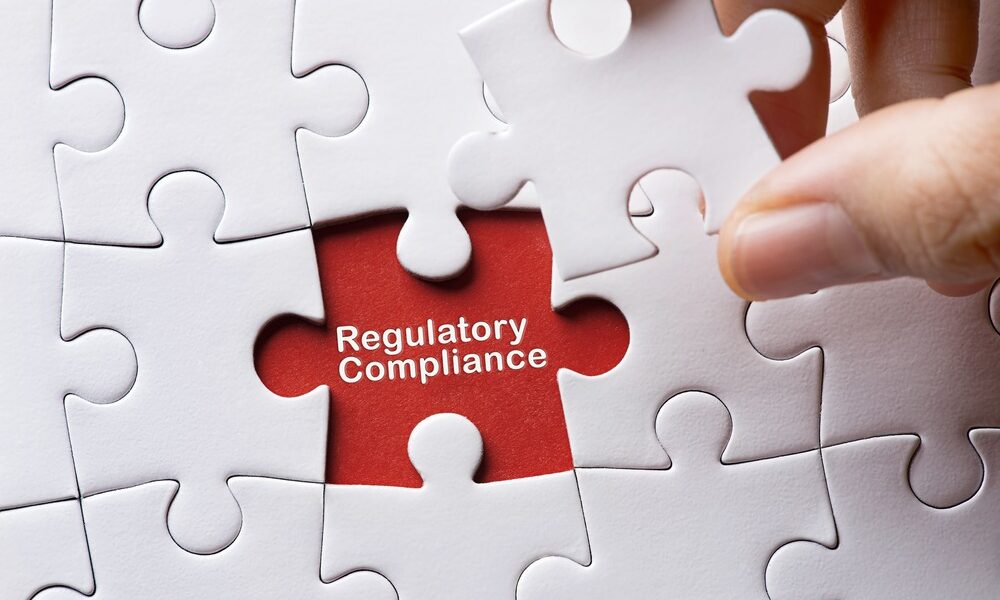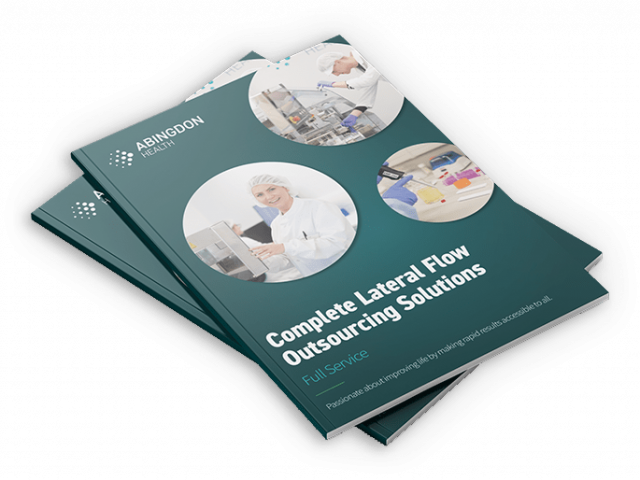Understand LFT IVDR Performance Evaluation Changes: Protect Your Test And Business

What Is Performance Evaluation?
Key Areas You Can’t Ignore
Support To Hit The Required Changes; We’re Here to Help!
Key Take-Away
Recently we discussed the impact of the In Vitro Diagnostic Regulation (IVDR) changes to lateral flow test owners. However, in this article our Head of QARA, Candice Vendettuoli, goes into more depth surrounding one of the bigger changes: Performance Evaluation. Whilst Performance Evaluation is present under IVDD (IVDD, 98/79/EC), the requirements for manufacturers under IVDR has increased significantly.
The following is applicable even if tests are already on the market under IVDD. The IVDD to IVDR transition is a legal requirement, so companies with tests on the market need to treat this as pre- and post-IVDR transition performance evaluation. For tests in development, the whole regulatory process needs to be planned early to avoid delays and surprises.
Hitting Performance Evaluation milestones, and transitioning from IVDD to IVDR in general, can be a complex and time-consuming. Learn what Performance Evaluation is, why it is needed, and what help is on offer to meet these requirements.
What is Performance Evaluation?
Performance evaluation occurs throughout the lifecycle of an IVD (In Vitro Diagnostic) and is a critical part of the technical documentation. The goal of Performance Evaluation is to make sure the IVD is safe, effective and achieves its intended purpose. IVDD does not provide any guidance or instruction of how Performance Evaluation should be established. In comparison, the IVDR includes a very prescriptive instruction of what is required.
Keys Areas You Can’t Ignore
There are three aspects to Performance Evaluation:
- Scientific Validity:
Defining the association of an analyte with a clinical condition or a physiological state
- Analytical Performance:
How well the IVD detects or measures the target analyte
- Clinical Performance:
Accuracy of the device when used in the intended environment by the intended user
These 3 areas need to be planned for and acted on before a test is placed on the market, and then revisited throughout the test’s lifecycle and is covered in the following stages:
- Pre-market:
Performance Evaluation Plan and Report
- Post-market:
Post Market Performance Follow-Up
During the pre-market phase, the performance characteristics are determined and the activities to establish these characteristics must start with a Performance Evaluation Plan (PEP). The activities described for scientific validity, clinical performance and analytical performance are carried out and reported, and are combined into the Performance Evaluation Report (PER). At this point, all performance characteristics are established, but the IVD is not yet ready to launch the product as the plan post-launch must also be prepared.
Activities associated with the post-market phase start with the Post-Market Performance Follow Up Plan. This is a completely new process that is intended to be a continuous assessment of safety, clinical data, performance, and risks after the IVD is placed on the market.
Once this plan is ready, and all other documentation and requirements of the IVDR, including the PER, have been met, the technical file can be sent to the notified body for review. After launch, the activities in the Post-Market Performance Follow Up Plan must be carried out and then reported on to the notified body.
Support To Hit The Required Changes; We’re Here to Help!
 The new requirements under IVDR are significantly more onerous; whether for a new product looking to launch for the first time or for an existing product or product range with approval under IVDD that needs to “convert” to IVDR. The good news is Abingdon Health is well equipped to support this process.
The new requirements under IVDR are significantly more onerous; whether for a new product looking to launch for the first time or for an existing product or product range with approval under IVDD that needs to “convert” to IVDR. The good news is Abingdon Health is well equipped to support this process.
Since the EU announced IVDR, our in-house regulatory team has been working with our clients to prepare their assays for the requirements. Performance Evaluation is one of the many elements of a lateral flow test’s regulatory pathway. Abingdon Health can help:
-
Review your existing IVDD technical file and perform a “gap analysis” when considering the IVDR requirements
-
Build and execute project plans to fill-in these gaps
-
Build the technical documentation to meet EU Regulations
-
Support pre- and post-market surveillance activities
-
Generate the clinical performance data; where support is required
Abingdon Health can facilitate and plan lateral flow test clinical trials for your device to meet specific market and regulatory requirements.
Key Take-Away
The changes under IVDR are a positive development for the diagnostic industry given their focus on putting the needs of the patients front and centre.
However, whether your lateral flow test is already on market under IVDD or for those tests going through development, IVDR is a complex area. The significant increase in upfront and ongoing regulatory requirements needs careful consideration from the outset. Wherever your lateral flow rapid test is in its lifecycle, contact our regulatory team to see how we can help.

